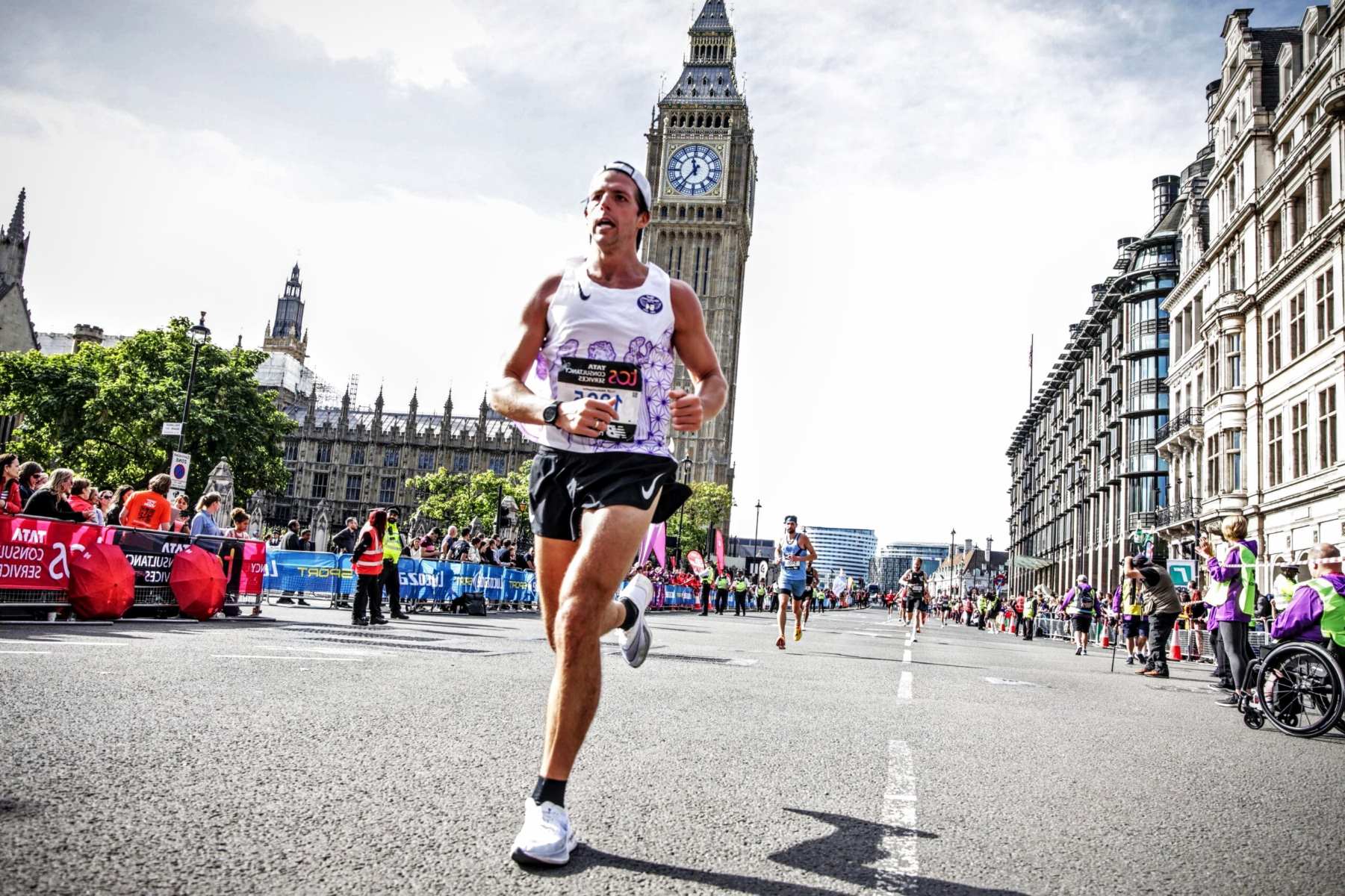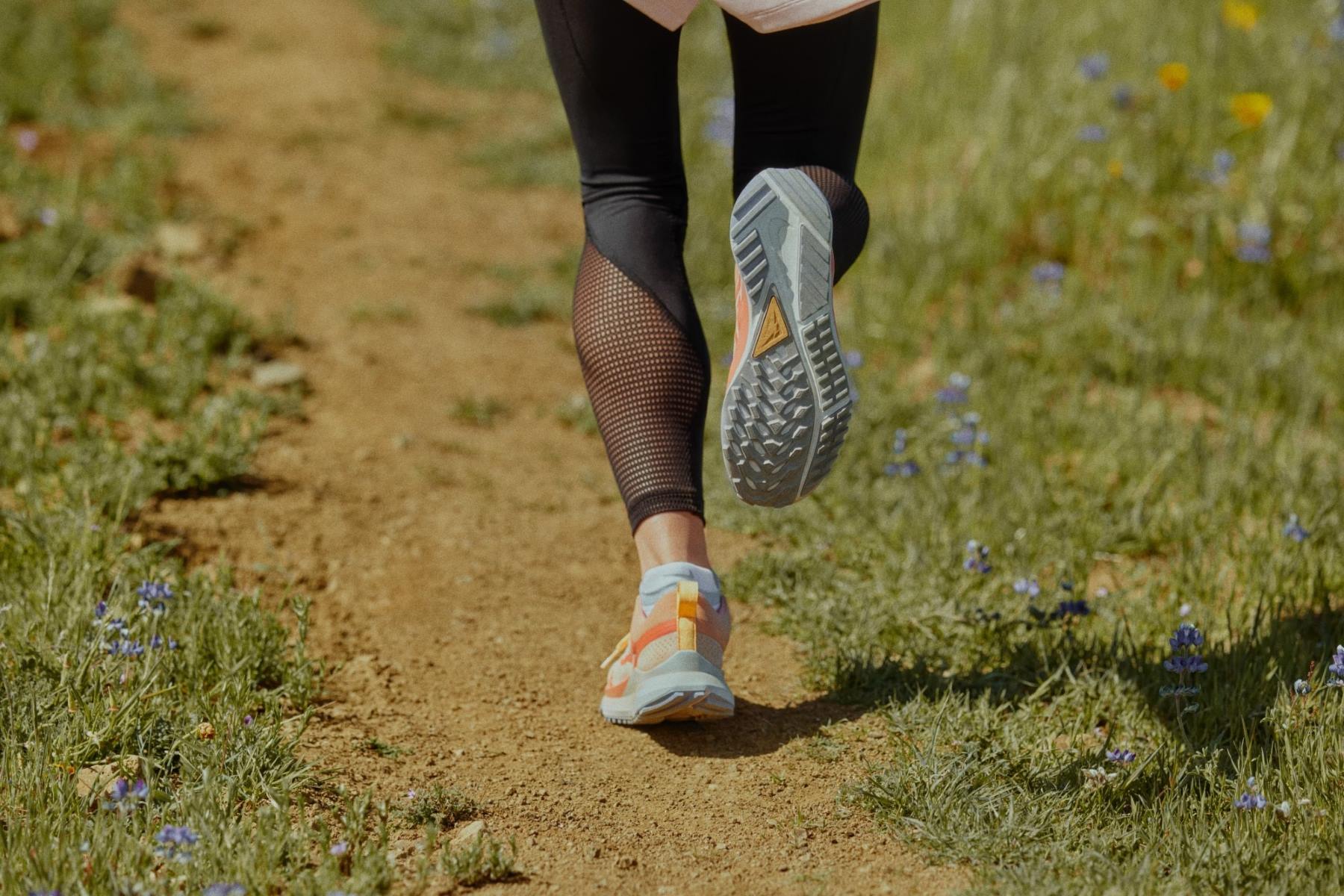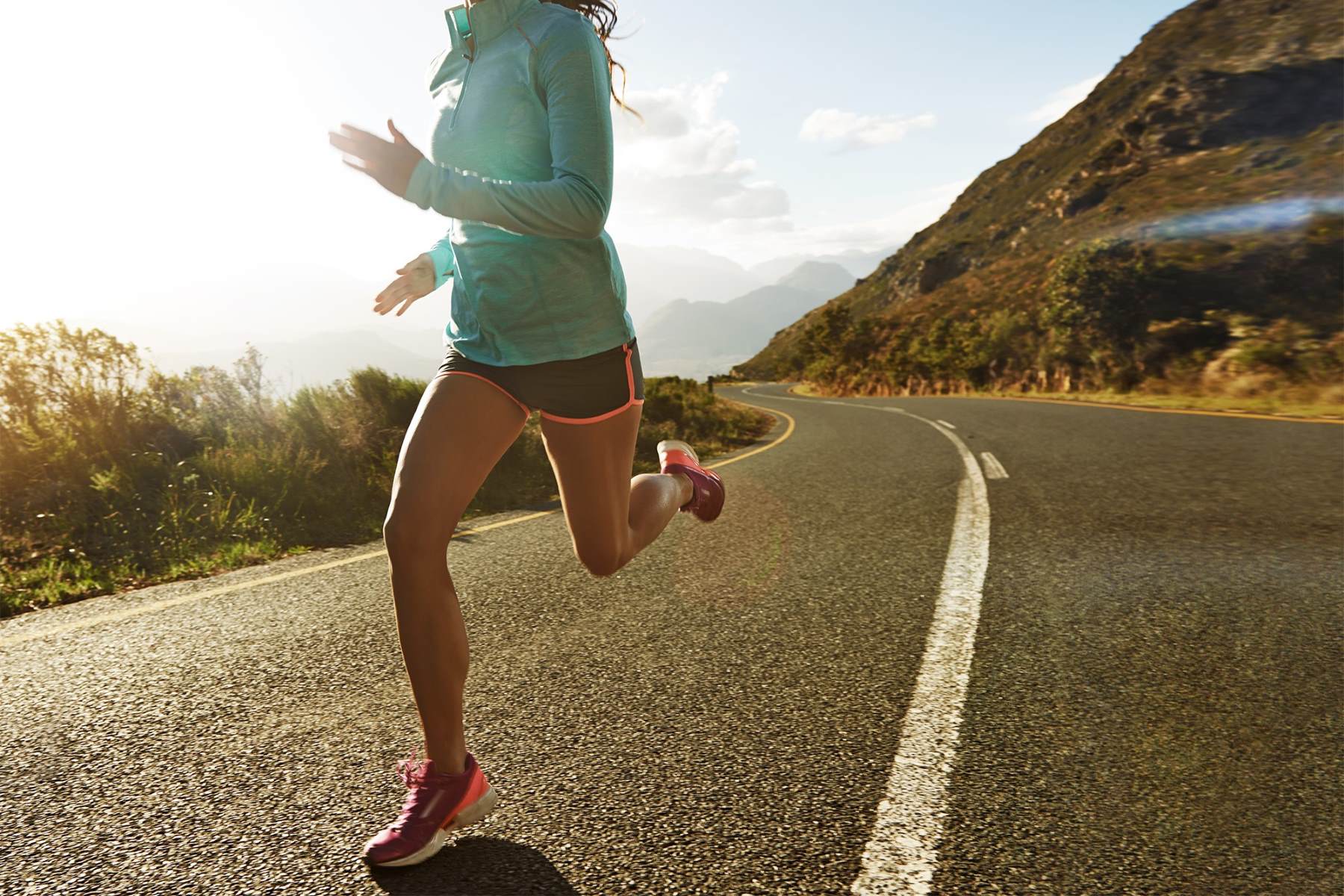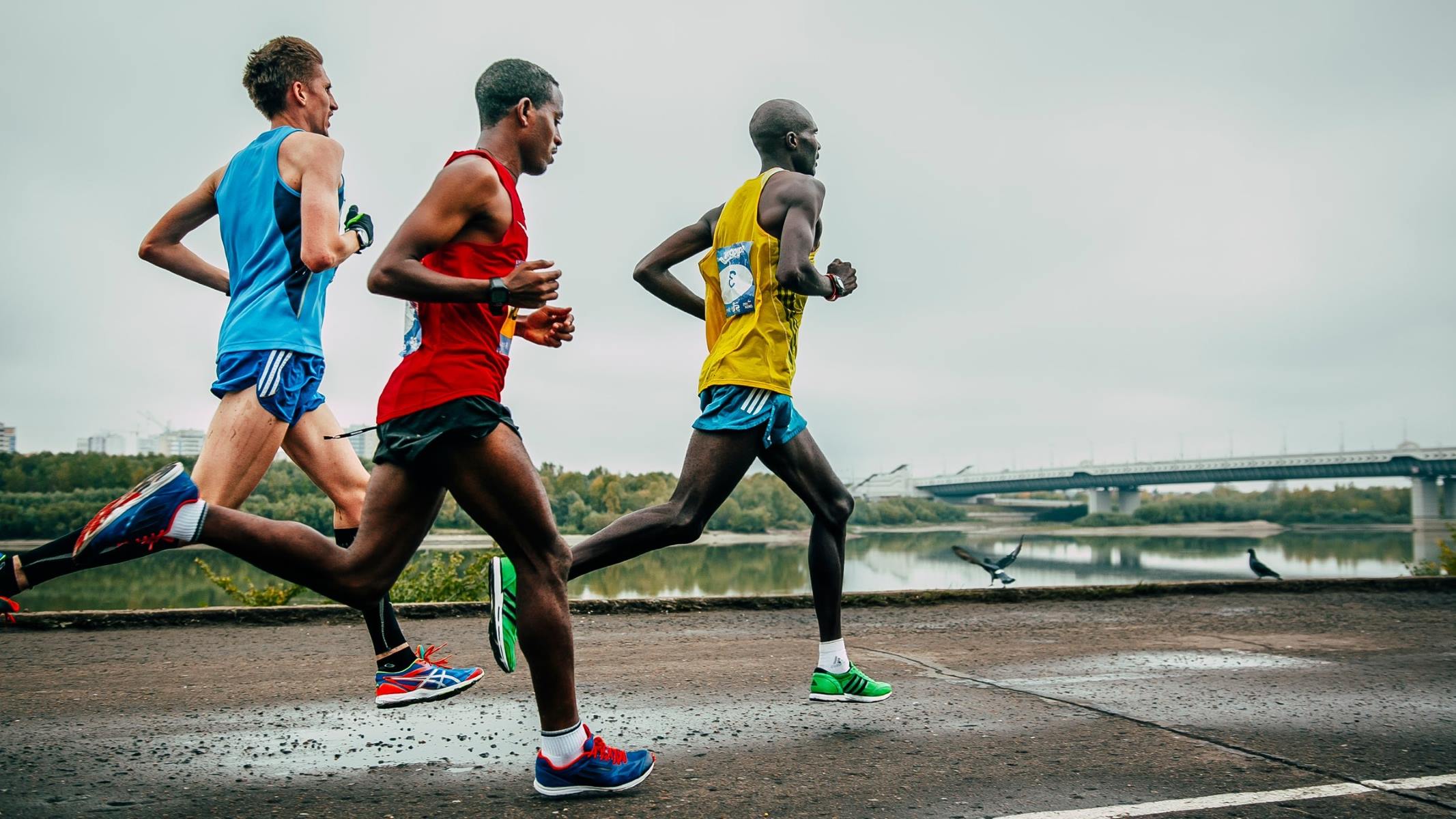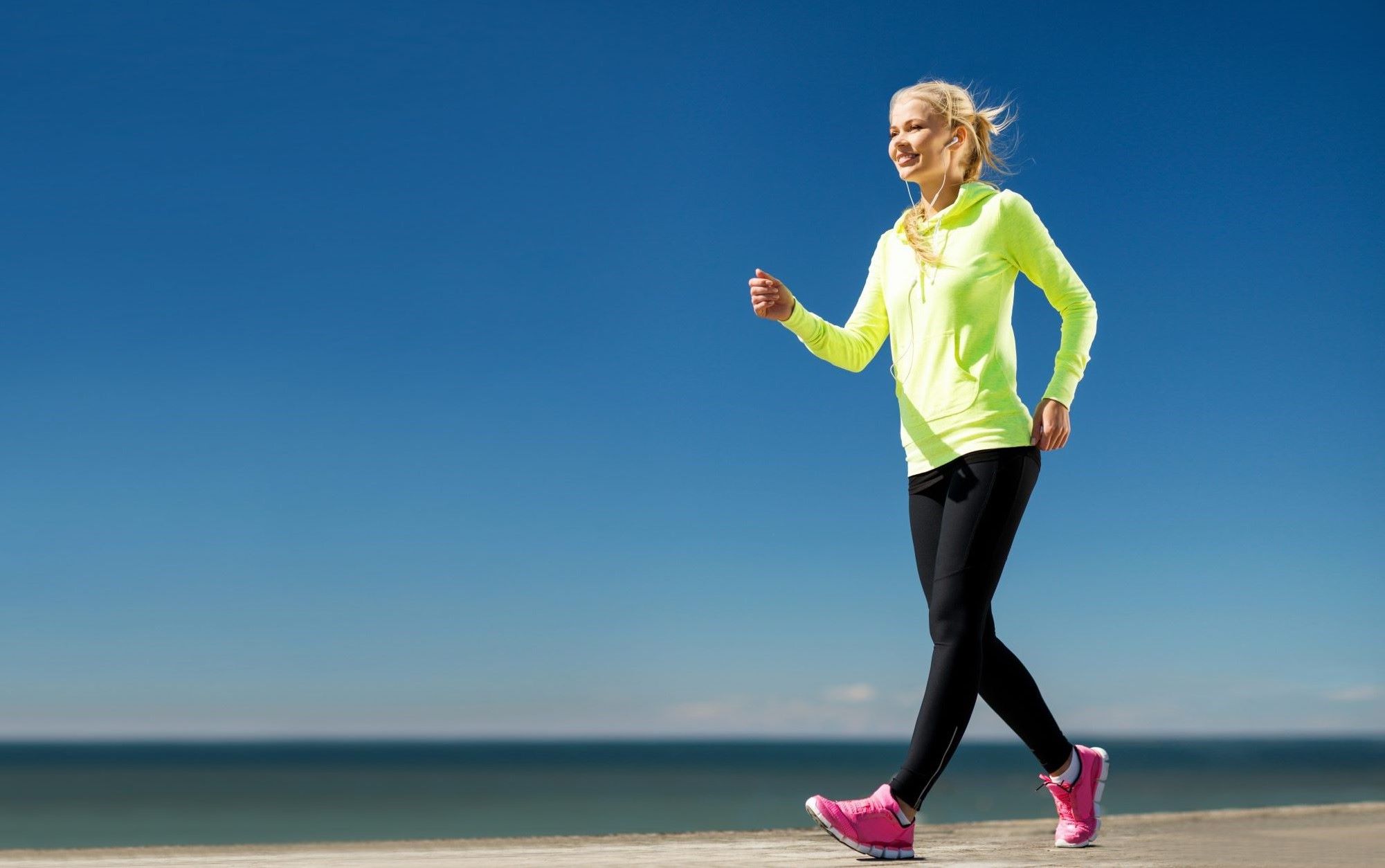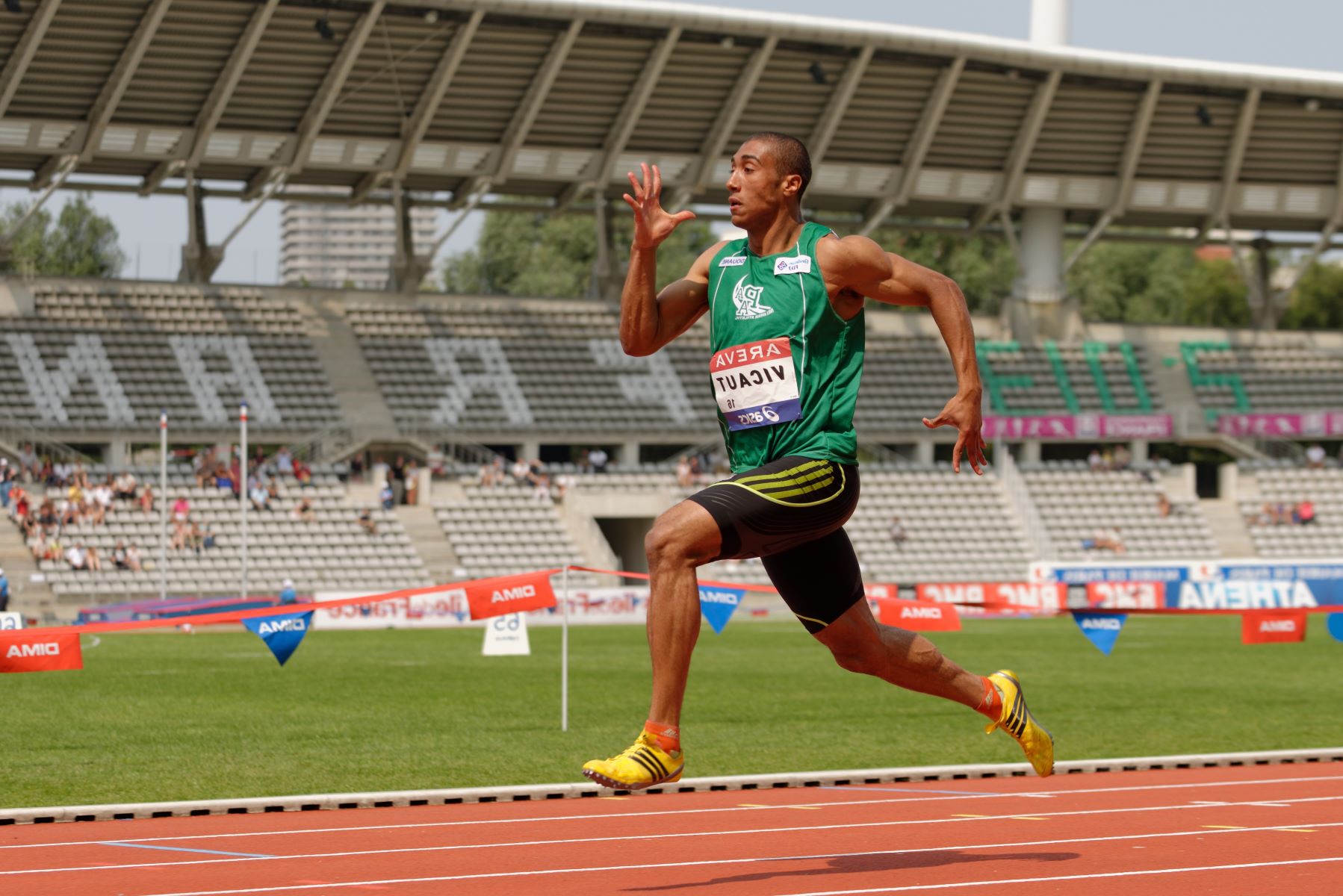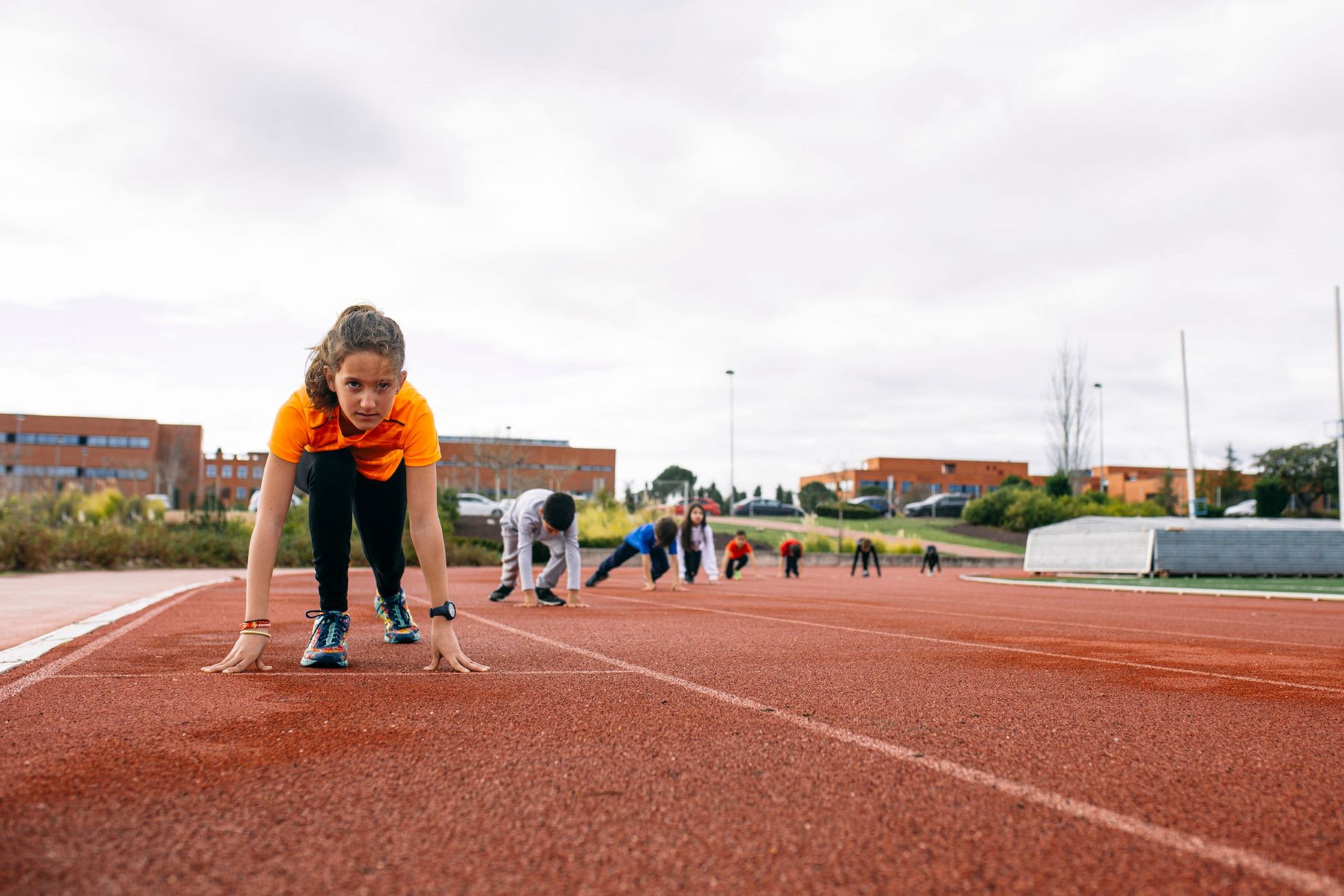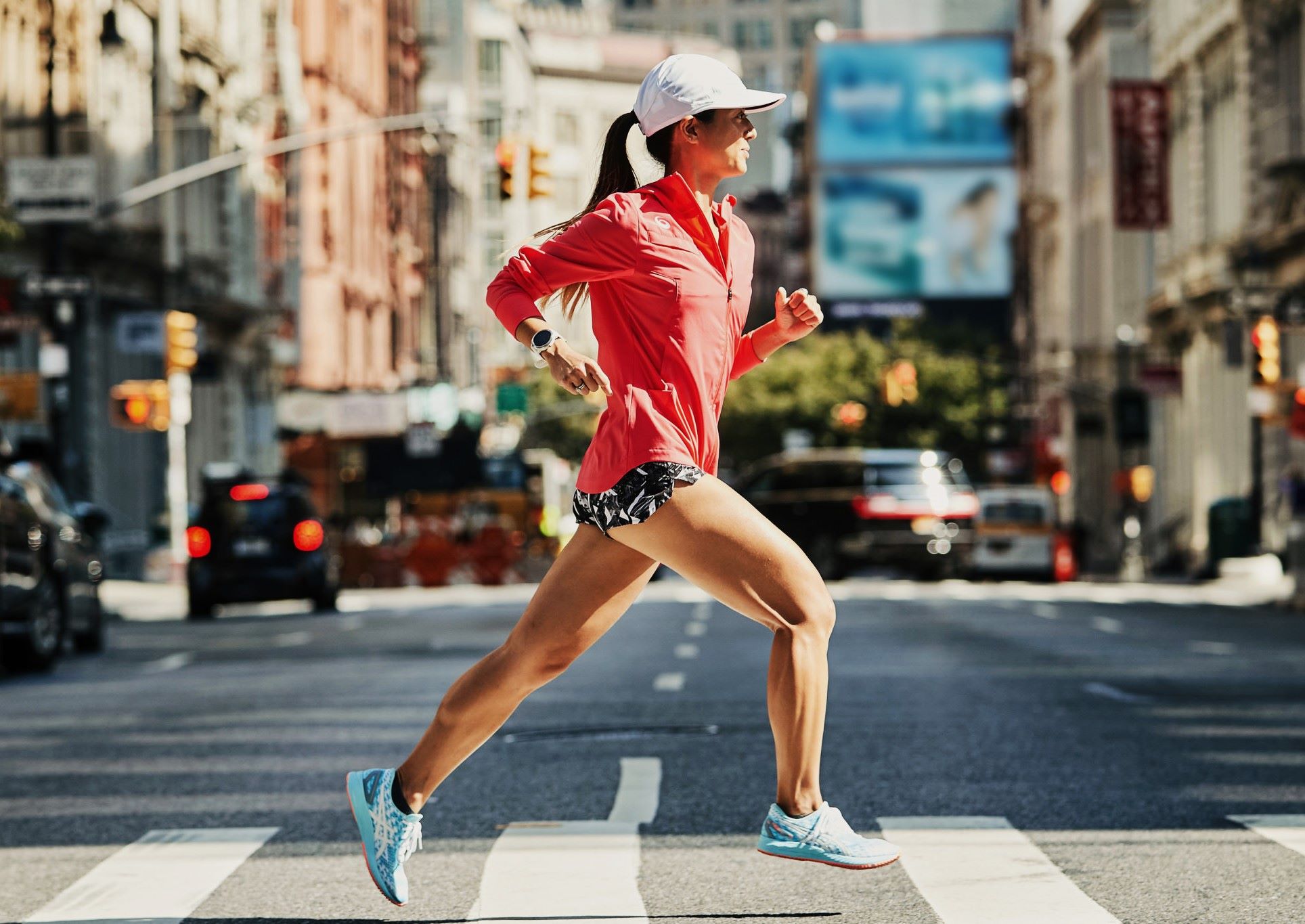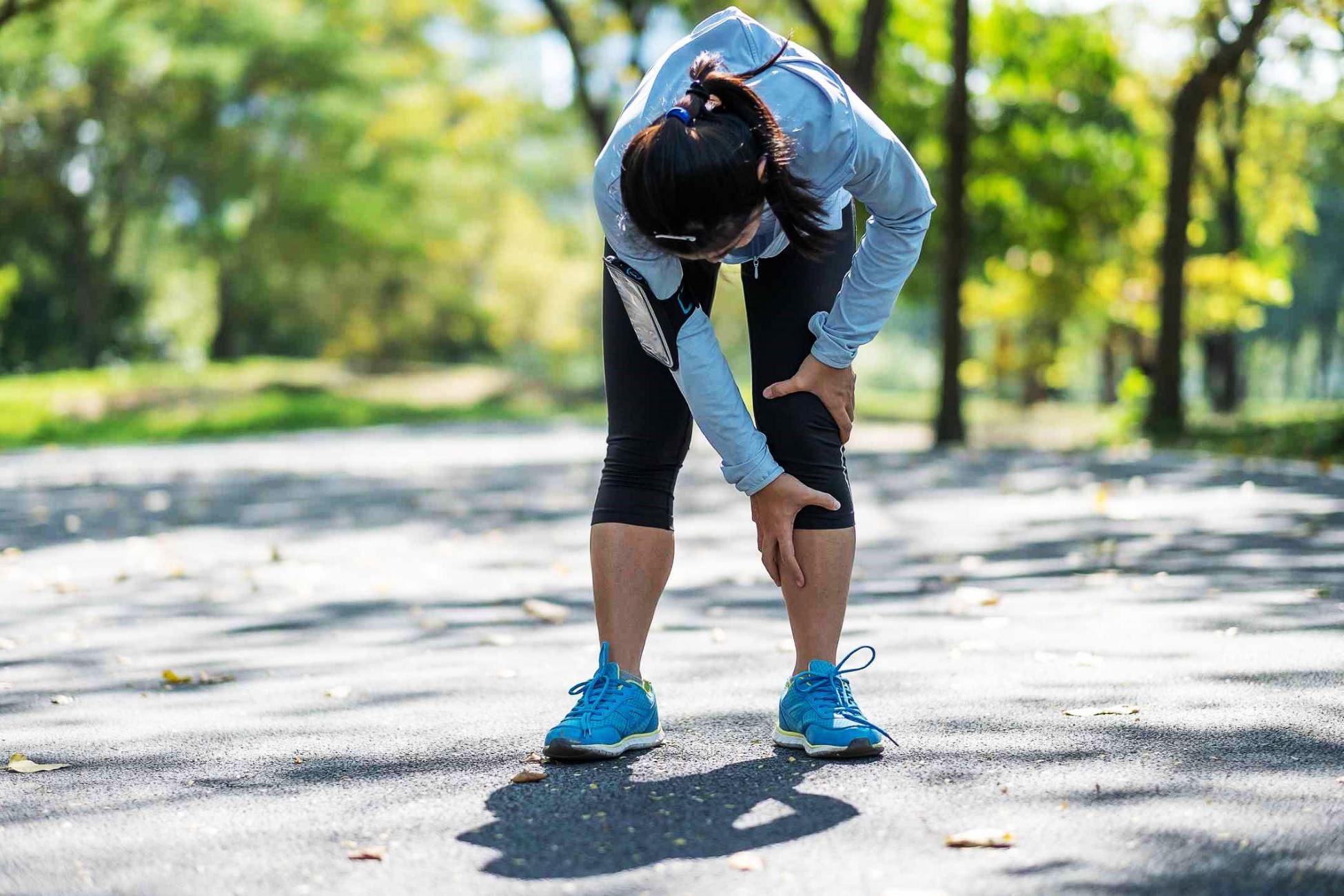Home>Training & Techniques>Summer Running: What To Do And What To Avoid


Training & Techniques
Summer Running: What To Do And What To Avoid
Published: March 3, 2024
Discover the best summer running training and techniques to optimize your performance and avoid common pitfalls. Get expert tips and advice to enhance your running experience.
(Many of the links in this article redirect to a specific reviewed product. Your purchase of these products through affiliate links helps to generate commission for Therunningadvisor.com, at no extra cost. Learn more)
Table of Contents
Benefits of Summer Running
Summer running offers a plethora of benefits that can elevate your overall well-being and fitness levels. As the sun shines brightly and the days grow longer, it's the perfect time to lace up your running shoes and hit the pavement. Here are some compelling reasons why summer running can be an invigorating and rewarding experience:
-
Vitamin D Boost: The increased sunlight during summer provides an excellent opportunity to soak up some vitamin D. This essential vitamin plays a crucial role in maintaining strong bones, supporting the immune system, and promoting overall health.
-
Enhanced Endurance: Exercising in warmer temperatures can lead to improved endurance and stamina. The body adapts to the heat by increasing sweat production and enhancing its ability to cool down, ultimately leading to better cardiovascular fitness.
-
Mood Enhancement: The sunshine and longer daylight hours can have a positive impact on your mood. Running outdoors in the warm weather can help alleviate stress, reduce anxiety, and boost overall mental well-being.
-
Scenic Views: Summer running allows you to explore and appreciate the beauty of nature. Whether it's a serene park, a picturesque trail, or a stunning waterfront, the summer landscape provides a visually stimulating backdrop for your runs.
-
Calorie Burning: Running in the heat can lead to increased calorie expenditure. The body works harder to regulate its temperature, resulting in a higher calorie burn compared to running in cooler conditions.
-
Community Engagement: Summer often brings out more runners and outdoor enthusiasts, creating a sense of community and camaraderie. Whether it's participating in local running events or simply sharing a smile with fellow runners on the trail, the summer running season fosters a sense of togetherness.
-
Improved Sleep: Regular exercise, such as summer running, can contribute to better sleep quality. The combination of physical exertion and exposure to natural light can help regulate the sleep-wake cycle, leading to more restful and rejuvenating sleep.
Embracing the benefits of summer running can lead to a fulfilling and energizing fitness experience. With proper preparation and a mindful approach, you can make the most of this vibrant season to enhance your physical and mental well-being through the joy of running.
Read more: Race Nutrition: What To Do And What To Avoid
Hydration Tips for Summer Running
Proper hydration is paramount for runners, especially during the hot summer months when the risk of dehydration is heightened. As the temperature rises, the body perspires more profusely, leading to increased fluid loss. To optimize performance and safeguard against heat-related issues, it's crucial to prioritize hydration before, during, and after summer runs. Here are essential hydration tips to keep you energized and hydrated during your summer running endeavors:
-
Pre-Hydration: Begin your hydration regimen well before hitting the pavement. Aim to consume around 16-20 ounces of water or a sports drink at least an hour before your run. This pre-hydration practice helps ensure that your body starts off adequately hydrated, setting the stage for a more comfortable and effective run.
-
Carry Fluids: For longer runs, consider carrying a handheld water bottle or wearing a hydration belt or vest to have easy access to fluids. Alternatively, plan your route to include water fountains or designated refill stations. Staying adequately hydrated throughout your run is essential for sustaining energy levels and preventing dehydration.
-
Electrolyte Balance: In addition to water, it's vital to replenish electrolytes lost through sweat, especially during prolonged runs. Consider incorporating electrolyte-enhanced sports drinks or electrolyte tablets to maintain a healthy electrolyte balance. This helps prevent muscle cramps and supports optimal nerve and muscle function.
-
Post-Run Hydration: After completing your run, prioritize rehydration to replenish the fluids and electrolytes lost during exercise. Aim to consume at least 8-16 ounces of water or a recovery drink within 30 minutes of finishing your run. This post-run hydration aids in the recovery process and prepares your body for subsequent activities.
-
Monitor Hydration Status: Pay attention to your body's hydration cues and adjust your fluid intake accordingly. Thirst, urine color, and overall sweat rate can provide valuable insights into your hydration status. By staying attuned to these indicators, you can make informed decisions about when and how much to drink during and after your runs.
-
Hydration Schedule: Establish a hydration schedule that aligns with the duration and intensity of your runs. For shorter runs, regular sips of water at designated intervals may suffice. However, for longer runs, a more structured hydration plan, including specific fluid intake goals at set time intervals, can be beneficial.
By integrating these hydration tips into your summer running routine, you can optimize your performance, minimize the risk of dehydration, and ensure a more enjoyable and rewarding running experience. Prioritizing proper hydration empowers you to conquer the challenges of summer running while reaping the numerous physical and mental benefits it offers.
Choosing the Right Clothing for Summer Running
Selecting the appropriate clothing for summer running is pivotal in ensuring comfort, performance, and protection from the elements. The hot and humid conditions characteristic of summer necessitate strategic choices that promote breathability, moisture-wicking capabilities, and UV protection. Here's a comprehensive guide to help you make informed decisions when it comes to outfitting yourself for summer runs.
Lightweight and Breathable Fabrics
Opt for running apparel crafted from lightweight and breathable fabrics such as polyester blends, nylon, or merino wool. These materials facilitate optimal airflow, allowing heat and moisture to escape, thereby preventing overheating and discomfort during your runs. Look for moisture-wicking properties that efficiently pull sweat away from the skin, keeping you dry and minimizing the risk of chafing.
Moisture-Wicking Tops
Choose moisture-wicking tops, such as singlets or short-sleeved shirts, designed to keep you cool and dry. These tops are engineered to swiftly transport sweat away from the skin to the outer surface of the fabric, where it can evaporate more readily. This feature helps regulate body temperature and prevents the accumulation of moisture, enhancing overall comfort during your runs.
Read more: What To Do If You Suspect An Ankle Sprain
Ventilated and Lightweight Shorts
Opt for running shorts with ventilation panels or mesh inserts to promote airflow and enhance breathability. Lightweight and quick-drying shorts offer freedom of movement and minimize the likelihood of chafing. Additionally, consider shorts with built-in briefs or liners for added support and comfort.
UV-Protective Apparel
Prioritize clothing with UPF (Ultraviolet Protection Factor) features to shield your skin from the sun's harmful rays. Look for tops and hats with UPF ratings to reduce sun exposure and minimize the risk of sunburn. Protecting your skin from UV radiation is crucial, especially during prolonged outdoor activities in the summer.
Moisture-Wicking Socks
Invest in moisture-wicking socks to keep your feet dry and blister-free. Look for socks specifically designed for running, featuring cushioning in high-impact areas and seamless construction to prevent friction and irritation. Properly fitting, moisture-wicking socks play a vital role in maintaining foot comfort and minimizing the risk of blisters.
Breathable Headwear
Consider wearing a lightweight and breathable hat or visor to shield your face and eyes from the sun. Look for headwear with moisture-wicking properties and ventilation to promote airflow and enhance overall comfort. Additionally, opt for light-colored headwear to reflect sunlight and help keep your head cool.
By carefully selecting the right clothing for your summer runs, you can optimize your comfort, performance, and safety. Embracing breathable, moisture-wicking fabrics, UV-protective features, and strategically designed apparel empowers you to fully enjoy the invigorating experience of summer running while minimizing the impact of the season's heat and humidity.
Avoiding Overexertion in the Heat
Overexertion in the heat poses significant risks to runners, potentially leading to heat-related illnesses and diminished performance. As the summer sun beats down and temperatures soar, it's crucial to adopt proactive measures to safeguard against the adverse effects of excessive heat during running sessions. By prioritizing caution, awareness, and strategic adjustments, runners can mitigate the potential dangers associated with overexertion in hot conditions.
Acclimatization and Gradual Progression
Acclimatizing to the heat is essential for runners aiming to adapt to warmer weather conditions. Gradually increasing the duration and intensity of runs allows the body to adjust to the heat stress, enhancing its ability to dissipate heat and maintain a stable core temperature. By easing into more challenging workouts and allowing the body to acclimate over time, runners can reduce the risk of overexertion and heat-related complications.
Time and Intensity Management
Strategic time management is crucial for avoiding overexertion in the heat. Planning runs during the cooler parts of the day, such as early morning or late evening, can help minimize exposure to intense heat. Additionally, adjusting the intensity of workouts based on the prevailing weather conditions is paramount. Incorporating intervals of lower intensity or incorporating walking breaks during runs in hot weather can prevent excessive strain on the body.
Hydration and Electrolyte Balance
Maintaining optimal hydration levels and electrolyte balance is pivotal for mitigating the risk of overexertion in the heat. Adequate fluid intake before, during, and after runs helps regulate body temperature and supports efficient sweat production. Additionally, replenishing electrolytes lost through sweating is essential for sustaining muscle function and preventing dehydration-related complications.
Read more: 10 Must-Do Stretches Before Running
Heat Index Awareness
Monitoring the heat index, which factors in both temperature and humidity, provides valuable insights into the environmental conditions and their potential impact on the body. By staying informed about the heat index, runners can make informed decisions regarding the timing, duration, and intensity of their runs. Adjusting workout plans based on the heat index can help minimize the risk of overexertion and heat-related ailments.
Listen to Your Body
Attentively listening to the body's cues is paramount for avoiding overexertion in the heat. Being mindful of signs of heat exhaustion, such as excessive fatigue, dizziness, nausea, or headache, is crucial. If any symptoms of heat-related distress arise, it's imperative to promptly seek shade, rest, and rehydrate. Ignoring the body's signals can exacerbate the risk of overexertion and compromise overall well-being.
By integrating these proactive strategies into their summer running routines, individuals can effectively mitigate the risk of overexertion in the heat. Prioritizing acclimatization, time management, hydration, heat index awareness, and attentive self-monitoring empowers runners to enjoy the benefits of summer running while minimizing the potential hazards associated with exercising in hot conditions.
Safety Precautions for Summer Running
When engaging in summer running activities, prioritizing safety is paramount to ensure a positive and injury-free experience. The combination of high temperatures, intense sunlight, and potential environmental hazards necessitates a proactive approach to safeguarding one's well-being. By adhering to essential safety precautions, runners can mitigate risks and fully embrace the joys of summer running.
Sun Protection
Shielding the skin from harmful UV rays is crucial during summer runs. Wearing sunscreen with a high SPF rating, UV-protective clothing, and a hat or visor helps minimize the risk of sunburn and long-term skin damage. Additionally, scheduling runs during early morning or late evening hours, when the sun's intensity is reduced, can further enhance sun protection.
Route Planning
Carefully selecting running routes that offer adequate shade, access to water fountains, and minimal exposure to traffic congestion enhances safety during summer runs. Choosing well-maintained trails, parks, or designated running paths can reduce the likelihood of accidents and provide a more enjoyable running environment.
Reflective Gear
For runners venturing out during low-light conditions, such as early morning or evening, wearing reflective gear significantly enhances visibility to motorists and other individuals. Incorporating reflective elements into clothing, accessories, and footwear helps increase awareness and reduces the risk of accidents, particularly in dimly lit areas.
Hydration Stations
Strategically planning running routes that include access to hydration stations, such as public water fountains or designated refill points, ensures that runners can replenish fluids as needed. Adequate hydration is essential for preventing dehydration and maintaining optimal performance in the summer heat.
Emergency Contact Information
Carrying identification and emergency contact details, either in the form of a wristband, a wearable tag, or a digital device, provides crucial information in the event of an unforeseen emergency. This proactive measure facilitates prompt assistance in case of injury or incapacitation during a run.
Heat Awareness
Staying attuned to the signs of heat-related distress, such as dizziness, nausea, or excessive fatigue, is vital for ensuring personal safety. Being mindful of the body's responses to the heat and promptly seeking shade and hydration when necessary can prevent heat-related complications.
Buddy System
When possible, running with a partner or in a group enhances safety by providing mutual support and assistance in case of emergencies. The buddy system fosters a sense of accountability and ensures that help is readily available in challenging situations.
Weather Monitoring
Remaining informed about weather forecasts and potential changes in environmental conditions allows runners to make informed decisions about their running plans. Being aware of impending thunderstorms, extreme heat advisories, or air quality alerts enables proactive adjustments to ensure safety.
By integrating these safety precautions into their summer running routines, individuals can minimize risks and maximize the enjoyment of their outdoor fitness activities. Prioritizing sun protection, route planning, reflective gear, hydration, emergency preparedness, heat awareness, the buddy system, and weather monitoring empowers runners to embrace the benefits of summer running while upholding their well-being and safety.

